In today's rapidly evolving medical technology landscape, foot scanners are emerging as innovative diagnostic and therapeutic auxiliary tools, gradually showcasing their unique appeal and value in clinical gait analysis and corrective treatment.
This technology not only provides doctors with unprecedented precise data support but also offers patients more personalized and efficient treatment plans.
This article will delve into the application of foot scanners in clinical gait analysis and corrective treatment, revealing the scientific principles behind them and their practical outcomes.
Gait analysis, as an essential method for evaluating human walking function, is significant for diagnosing lower limb diseases, assessing rehabilitation effectiveness, and preventing sports injuries.
Traditional gait analysis has largely relied on visual observation and simple measurements, making it difficult to capture subtle dynamic changes in the feet.
The emergence of foot scanners has completely transformed this situation, achieving comprehensive and detailed analysis of gait through high-precision 3D imaging technology.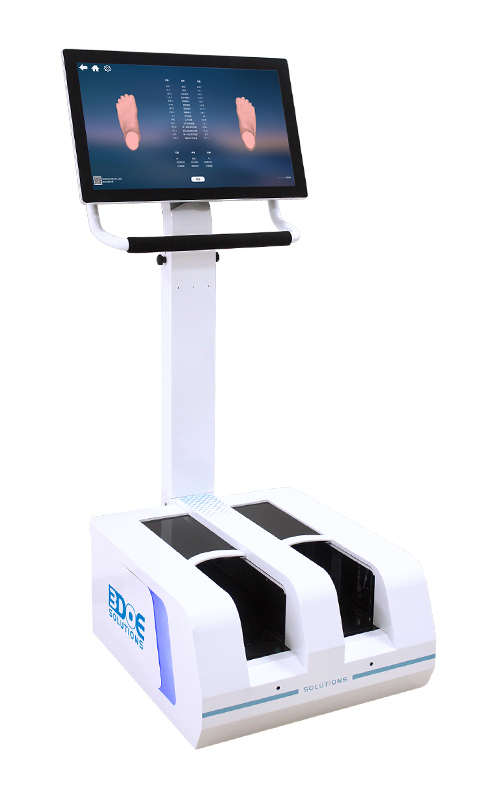
Working Principle of Foot Scanners
Foot scanners use high-precision sensors such as lasers and cameras to capture three-dimensional images of the feet.
When the subject walks or stands on the scanner, the sensors quickly capture the contour, shape, and dynamic changes of the feet, transmitting the data to computer software for in-depth analysis.
Through complex algorithms, the software can generate high-precision foot models and gait analysis reports, including key indicators such as plantar pressure distribution, joint movement sequence, and gait cycle.
Applications in Clinical Gait Analysis
Early Diagnosis and Early Warning:Foot scanners can identify early symptoms of foot diseases such as plantar fasciitis, flat feet, and high arches, providing doctors with timely intervention evidence. For example, by monitoring plantar pressure distribution, abnormal pressure concentration points can be detected, predicting potential foot injury risks.
Personalized Treatment Plans:Based on the scan results, doctors can develop personalized treatment plans for patients. For patients with gait abnormalities, custom orthotics and arch supports can be prescribed to adjust the foot's biomechanical structure, improve gait stability, and reduce the risk of falls.
Rehabilitation Effect Assessment: During the rehabilitation process, foot scanners can be used to regularly assess treatment outcomes. By comparing gait analysis reports before and after treatment, doctors can gain a clear understanding of the patient's recovery progress and adjust the rehabilitation plan in a timely manner to ensure optimal treatment results.
Practical Case in Corrective Treatment
Take a patient with flat feet as an example, whose gait often shows collapsed arches and increased pressure on the inner side of the foot.
Through detailed analysis by the foot scanner, the doctor found that the patient had insufficient arch support, leading to decreased foot stability during walking.
To address this issue, the doctor prescribed custom orthotics to increase arch support, effectively improving the patient's gait stability. After a period of wearing the orthotics and undergoing rehabilitation training, the patient's gait gradually returned to normal, significantly enhancing their quality of life.
Future Outlook
With the continuous integration of technologies such as artificial intelligence and big data, the functions and performance of foot scanners will continue to improve.
In the future, they are expected to achieve remote monitoring and real-time feedback, providing patients with more convenient and efficient health management services.
At the same time, the application scope of foot scanners will further expand into areas such as smart wearables and smart homes, bringing more convenience and comfort to people's daily lives.
As a new tool in clinical gait analysis and corrective treatment, foot scanners are winning the favor of more and more doctors and patients with their precision and efficiency.
With the continuous advancement of technology and the expansion of application fields, we have every reason to believe that foot scanners will make greater contributions to human foot health in the future.

 +86-0755-86131192
+86-0755-86131192 2024-09-30
2024-09-30 Back to list
Back to list
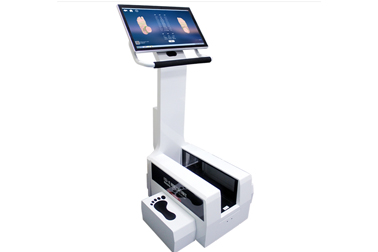
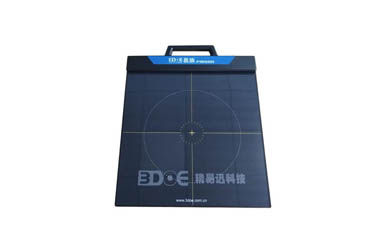
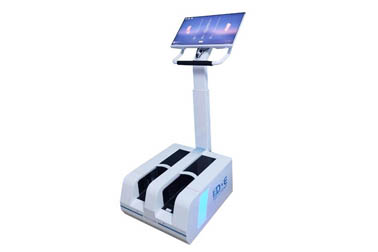
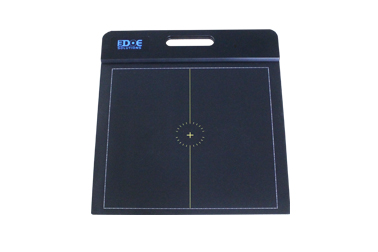
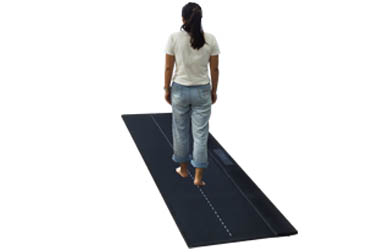



 +86-0755-86131192
+86-0755-86131192